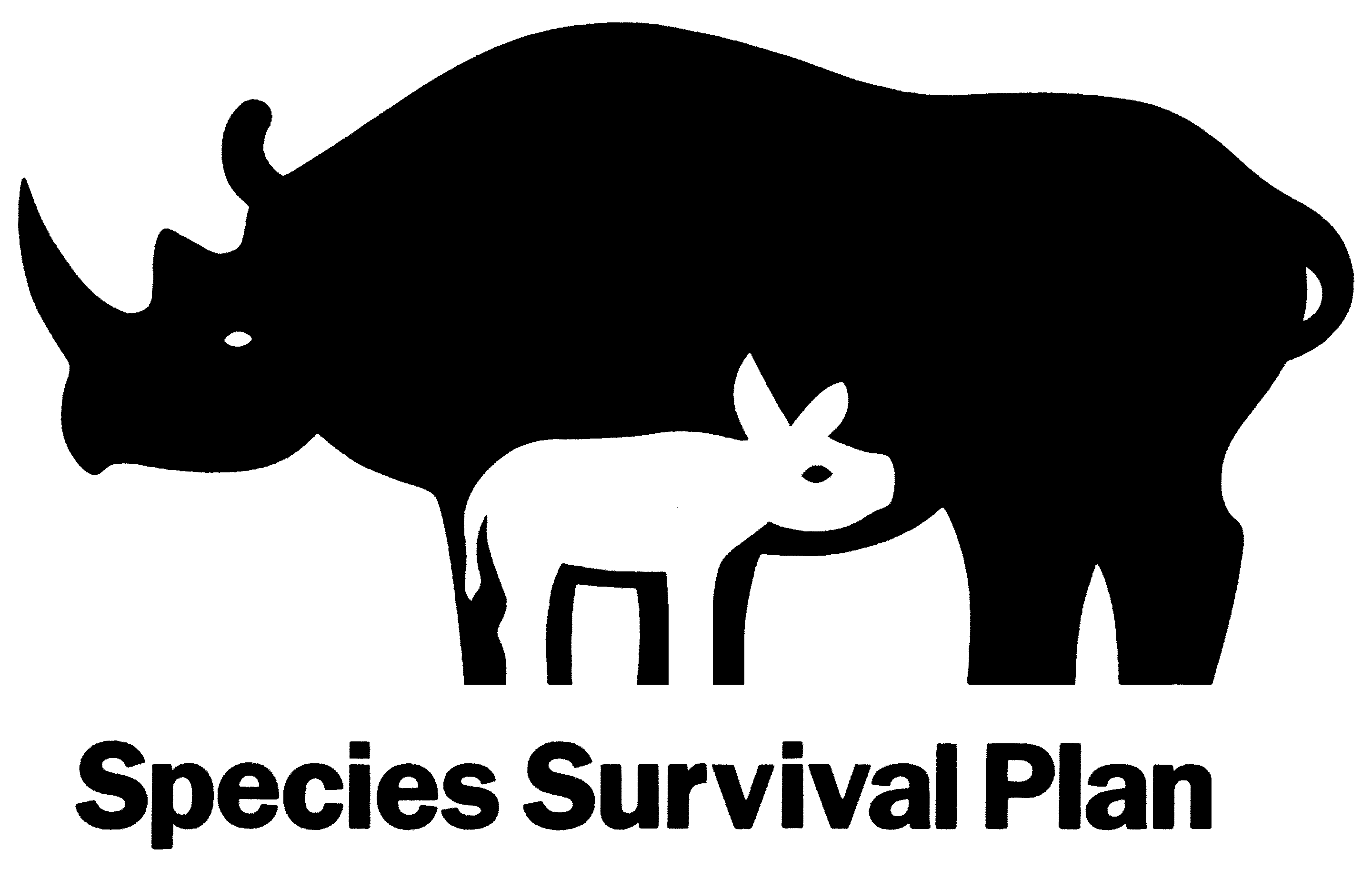Our Animals
- Animals & Habitats
- Our Animals
FUN FACT
The name Kookaburra comes from Wiradhuri, an Australian Aboriginal language.
You may not think you’ve heard the rollicking call of the Laughing Kookaburra, but you almost certainly have. The Kookaburra’s loud “laugh” — that echoing koo-koo-koo-koo-KA-KA-KA! in the background of every jungle movie ever made — actually comes from a squat, unassuming bird who would never be found anywhere near a jungle. In fact, the traditional home of the wild Laughing Kookaburra is the wide-open eucalyptus forests of Australia.
The Laughing Kookaburra is the largest member of the kingfisher family. But while many kingfishers are brightly colored and famed for their dramatic dives down into the water in search of fish, the brown-and-beige Laughing Kookaburra prefers dry woodlands and city parks, not to mention a more practical sit-and-wait style of hunting. Kookaburras will eat almost any kind of meat they can get hold of — insects, small mammals, hotdogs, snakes. Once caught up in the Kookaburra’s strong beak, prey is carried up into the trees and whacked repeated against a branch to kill it and soften the insides up for easy eating.
When they’re not stealing food from picnics or beating up snakes, Kookaburras use their distinctive call as a territorial marker. Everywhere you can hear their laughter belongs to them! Unfortunately, they like nothing better than to sound off first thing in the morning. This tendency to wake people up, whether they want to or not, has earned the Laughing Kookaburra the local nickname “The Bushman’s Alarm Clock.”
Habitat
Eucalypt forest and woodland; riparian corridor along major watercourses; woodlots and cleared farmland, city parks and suburban gardens
Diet
Small mammals, large insects, lizards -- and snakes! Kookaburras are famous for eating even venomous snakes that are longer than their own bodies.
Status
Least Concern
Breeding
Laughing Kookaburras breed during the summer months (which in Australia are October - November). They cooperate in the excavation of a hollow tree or arboreal termite mound where the female will lay her 2-4 eggs. Chicks hatch after about 27 days, and remain in the burrow for up to a month. When they are finally coaxed out of the nesting burrow, chicks are already able to fly and join in the raucous family chorus. Previous seasons' offspring will often stay within the family group, helping to raise the next year's brood.

The National Aviary is home to more than 500 birds and other animals representing 150 species; some of which live in behind-the-scenes habitats. To enhance our guests’ educational experience, and with regard to individual bird preferences, different species may spend time in various public-facing habitats.
In The News
Pittsburgh’s Regional Asset District issues record preliminary budget | 90.5 WESA
In all, RAD proposes to fund 107 organizations of all sizes, from the Pittsburgh Zoo & Aquarium, the National Aviary, Pittsburgh Symphony and Heinz History Center to small dance and theater troupes.
Read More »Pittsburgh conservation planting seeds for visitors and investment | Capital Analytics Associates
Pittsburgh’s conservation institutions are a growing part of the Commonwealth’s outdoor recreation economy. At the National Aviary, Executive Director Cheryl Tracy says the institution is “just getting started,” despite nearly 75 years of history.
Read More »2nd extinct-in-wild Guam kingfisher hatches at National Aviary | CBS News
For the second time this year, a bird that's extinct in the wild hatched at the National Aviary.
Read More »Jungle Creatures and Fantastic Features: Toucans | Phipps Conservatory
Jungle Quest invites guests on a stunning safari bursting with terrific topiary animals, tropical foliage and beautiful blooms...including some animals you can see at the Aviary!
Read More »Uncover Mystical “Creatures” and Meet the Bird Species who Inspired them during Forests this fall, ONLY at the National Aviary! | National Aviary
Journey throughout Forests Presented by Peoples, the Aviary’s new fall theme; learn more about the otherworldly species who inhabit these magical woodland areas.
Read More »